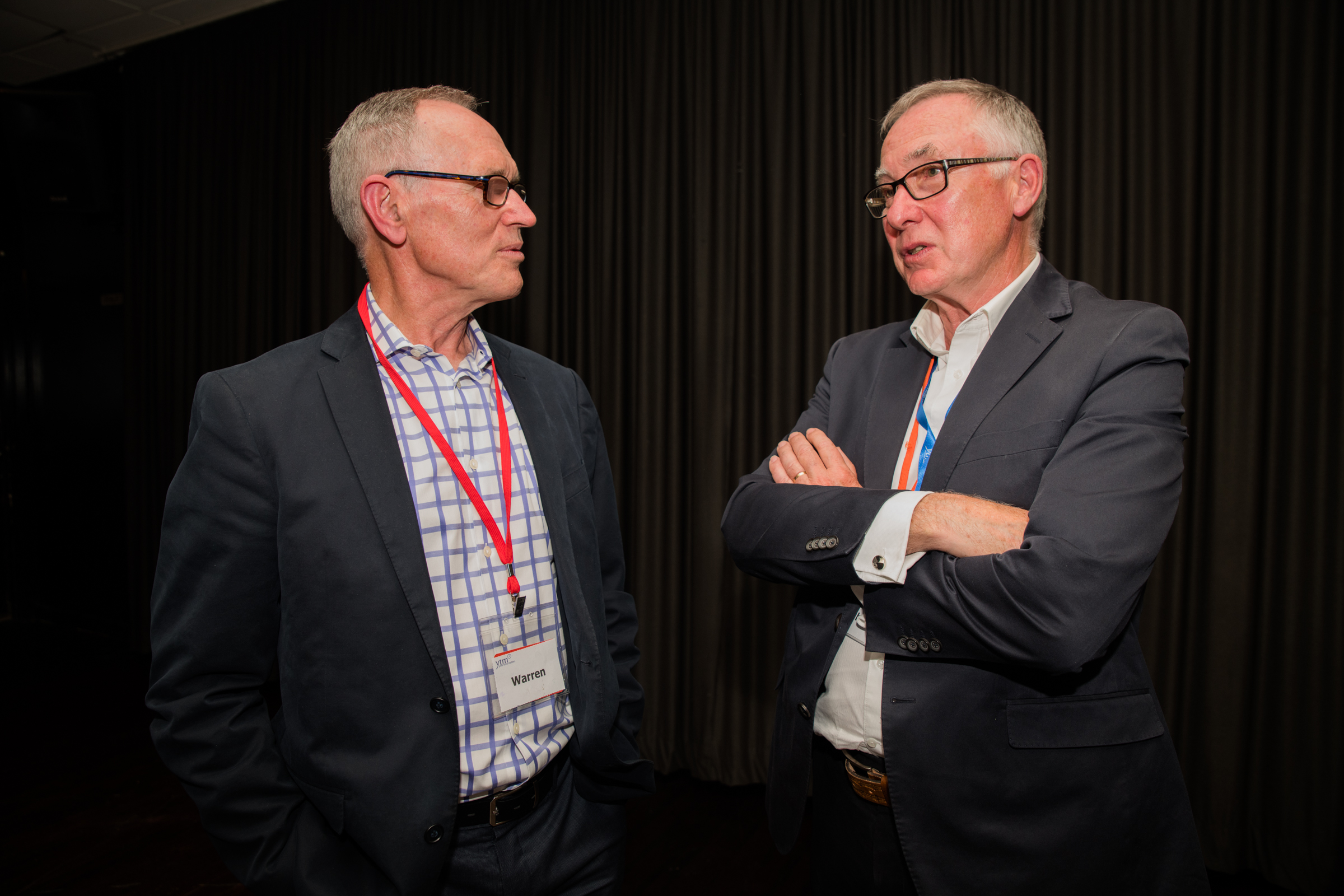How to Connect and Engage when Networking
In today’s age of technology the way we communicate and build relationships has never been more important—there is great demand for personal interaction. Just take a moment to consider the number of networking events you could attend. We are all seeking connection. Who might be there? How would you converse? What difference could it make to you?
However, we need to remind ourselves that communication is a two way process—there is a giver and a receiver. Two-way communication only happens when we give and receive sharing both roles with respect. Two-way communication builds relationships. One-way communication breaks them down.
It is clear we need to focus on our ability to connect and engage, which brings me to the next conviction I’d like to share with you: we owe it to ourselves to be the best communicators we can be.
Good communication skills are a must. Words, tone, delivery, body language, and of course context and setting all play a part in effective communication. Conflict arises when we focus on what we are saying without considering other important factors such as how we are saying it, where we are saying it, or when. Often, in familiar situations, we manage these factors with ease, but we slip easily into one-way communication if we don’t keep making an effort to connect.
The Five Communication Styles
We all have a natural style of communication we prefer to use, but good communicators adapt their style to interact more successfully with the other person. Whether seeking to influence, establish a relationship, or merely start a conversation, our ability to identify and relate to the other person determines whether effective communication takes place.
There are five typical styles of communication. I recommend you invest some time in identifying your preferred style and understanding the styles of others because differences in styles can cause misunderstanding and conflict. In brief:
· Assertive communicators express themselves in an honest, reasonable and straightforward way. They define their own position without disrespecting the position of others. Assertive communication is the most effective because it conveys high self-esteem, confidence and integrity.
· Aggressive communicators express themselves in a domineering way often using their words, voice and body-language to control communication. They consider their position to be the most important and have little or no regard for the needs of others. They communicate to dominate which is ultimately ineffective because it alienates other people.
· Passive-Aggressive communicators express themselves in a way that is indirect and secretive. They may seem pleasant or cooperative but actually feel anger and resentment. They avoid confrontation but might mutter inaudibly or speak behind your back. The way they communicate is inconsistent and conveys a seething sense of powerlessness.
· Submissive communicators say very little and allow others to lead the way. They avoid conflict, disregard their own needs and assume others have more to contribute. Their position is often unclear but, by opting out, they convey to themselves and others that their position is also unimportant.
· Manipulative communicators are skilled at indirect communication and express themselves to influence and control those around them. They are interested in their needs only, and typically have a victim mentality. They tend to be calculating and like to make others feel sorry for them. They hide their position which creates irritation and frustration.
When you can recognise the way people communicate and learn to adapt your style you can respond more appropriately. Even though it is natural to fluctuate between styles depending on the situation at hand, always remember that a clash of communication styles can sabotage opportunities to form and build relationships.
Body language also plays a major role in effective communication. It is so important to look someone directly in the eye, and be ‘interested’ rather than trying too hard to be ‘interesting’. Focus your attention on them and do not let your eyes wander around the room. They are the most important person at that time. Convey enthusiasm for what they do and listen to how you can encourage or help them. The best way to establish a connection is to focus, listen and respond. You will build a bridge to unknown opportunities that might seem small but could turn out to be significant.
( extract from Kerryn Powell’s book, six remaining Brighton events for Two Ears, One Mouth and A BIG Heart , released in May 2019, to purchase click HERE) . Or perhaps take advantage of the YTM 6 offer to attend the 6 remaining events in 2019 and boost your skills and connections. Take up the offer before 24 June and save $200-. Contact us TODAY to learn more.


